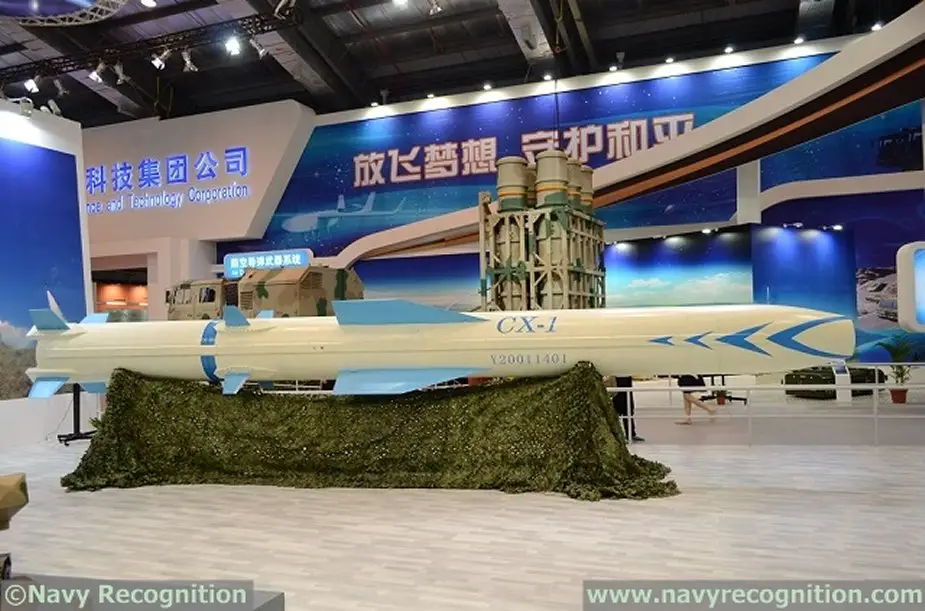Origin of China’s Latest Cruise Missile Debated


What makes the CX-1 unusual is its close resemblance to another missile that is well-known to the rest of the world: the joint Indian-Russian project, the BrahMos. The uncanny similarity of the two missiles has led several commentators to suggest that the technology and design of the NPO Mashinostroyeniya Yakhont missiles that the BrahMos is based on might have been sold to the PRC as well.
Wang Hongpo, designer of the CX-1, told a popular Chinese news outlet that the missile has a range of 280 kilometers, can attain speeds up to of Mach 3 at 17,000 meters and is designed—like many other Chinese missiles in this classto attack large naval vessels. According to Wang, the closing flight profile is that the missile descends to 10 meters when it is within 10 kilometers of its target.
Wang acknowledged the speculation that CASIC had stolen the technology of the BrahMos missile when designing CX-1. But he claimed that his missile only superficially resembles the joint Indian-Russian program. The wing, guidance vanes and jet vanes of the CX-1 are completely different from the design of the BrahMos.
Russia industry officials at the Zhuhai show stated: “If you look closely at this model you can see these and other differences, and these are the type of design changes that you would not make if all you were doing wascopying the BrahMos.”
For their part, Indian military sources that examined photos and other data of the CX-1 explained that the BrahMos missile has a significantly smaller front end and that “its air intake is very different.” Also, according to same Indian source, “it appears from these photos that Chinese missile also has a different engine and that this is not the identical ramjet motor that is installed in the BrahMos.”
Other specialists have also pointed out that this design, while it superficially resembles the BrahMos, appears to have been influenced by the design of other Russian anti-ship missiles that have been acquired by Beijing, such as the Raduga 3M80 Moskit (SS-N-22 Sunburn), which can be found on the Russian ar Sovremenniy-class destroyers that China purchased from Moscow.

